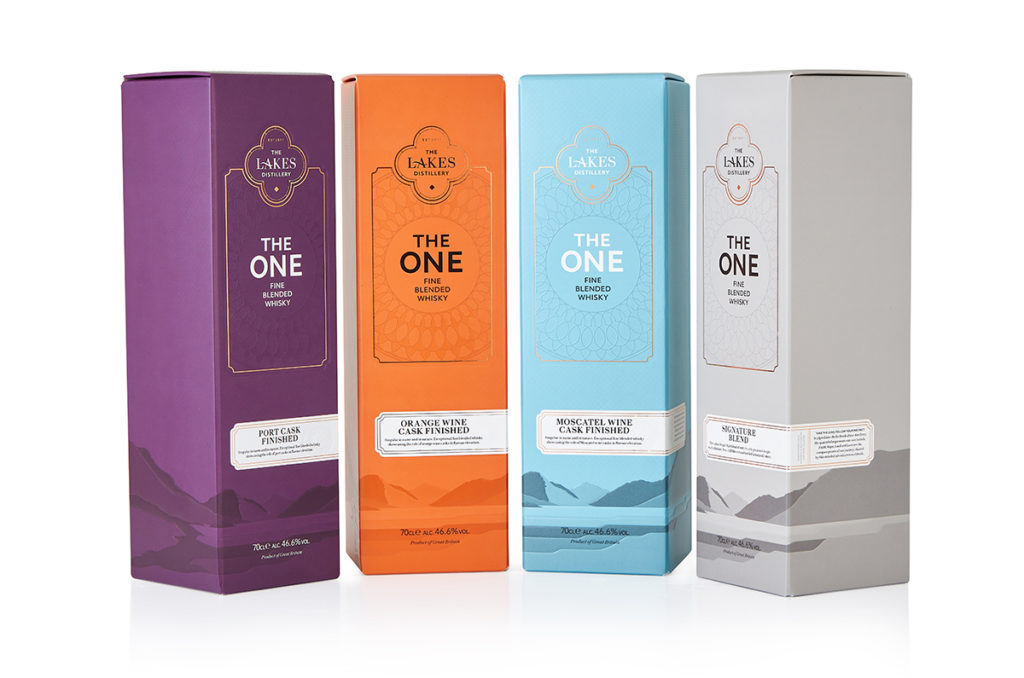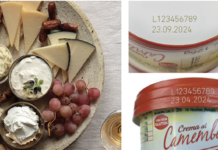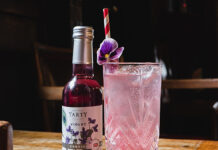Andy Christie, sales director at packaging print specialist, Herbert Walkers, discusses trends in the luxury drinks market and the considerations for creating packaging that stands out on shelf
Gin has been the big story in the spirits market for the past few years. From small batch special editions, organic gins and local distilleries, through to unconventional flavours and gin liqueurs, there has been a seemingly endless appetite for creative new approaches, which has resulted in an explosion in the premium mixers segment too.
But trends in alcoholic beverages are as fast paced as the fashions on the Paris catwalks, and vodka looks set to make a resurgence, with a similar appetite for flavoured variants. Meanwhile, across all spirits, the focus is on premiumisation, with limited edition products that are not just about the taste; but also about exclusivity. Packaging plays a key role in that experience, with a boxed bottle that articulates the artisanal nature of the product to protect it and celebrat its luxury status, long after it leaves the retailer’s shelf.
At Herbert Walkers, we have worked with a number of clients on premium, special edition and gifting spirits ranges, including a current project involving a limited edition of less than 100,000 units, with stunning artwork on the carton that showcases the vibrant bottle contained within. For this project, to ensure that the carton meets the premium requirements of the brief, our Yorkshire printworks has carried out a sample run, involving a full machine trial.
The trial began with checks that the bottle is a perfect fit for the carton, ensuring that the consumer can remove and replace the bottle in the box smoothly and with ease, while being confident that the bottle is well-protected and will not rattle. This perfect fit is central to the premium experience.
Ensuring that the carton will be a premium item throughout both its retail and at-home shelf-life is also essential. This could be a matter of months, or even years, due to the price point, giftability and premium nature of the product. Ink rub, foil tests, transit tests and testing on the bottling line are all integral to verifying that the chosen board performs well with the design, print, folding, gluing, and finishes used, which will usually include a combination of foiling, embossing, debossing and spot varnishing.
Some limited editions and gifting ranges are hand-packed, due to their super-premium status and/or small distillery origin, and this provides greater flexibility in the shape, form and finishes for the box because the packaging does not have to be robust enough for a production line. The combination of board, print, gluing and finishes still has to withstand repeated removal and replacement of the bottle in the box, however, so specification choices and rigorous testing remain essential.
With the current supply chain challenges for board, specification is heavily influenced by availability, but there should be no compromise on the weight, performance or sustainability of the chosen substrate. Premium boxed spirits tend to use 700μm two-sided folding box board.
There are a number of design and print trends that are being deployed to enhance the super-premium experience for the consumer and create collectable boxes that people want to keep beyond the need to protect the bottle. Amongst these is reverse printing, continuing the premium experience from the outside of the box to the inside with a matching or complementary colour on the reverse side of the carton.
Similarly, attention to detail in the way the carton is cut, folded and glued also articulates the status of the bottled product inside. This may include a flap with a cut out to fit neatly around the neck of the bottle and hold it in place, and a flap that is folded in on itself so that there is no raw edge.
Whether the carton uses vibrant colours and metallics to deliver artwork reminiscent of boutique hotels and fashion catwalks, or it evokes local provenance with the tones of the distillery’s location, the carton is critical in providing both visual and tactile appeal. Whatever the design intent, it is up to the print provider to ensure the luxury experience is realised in an attractive and resilient box.













